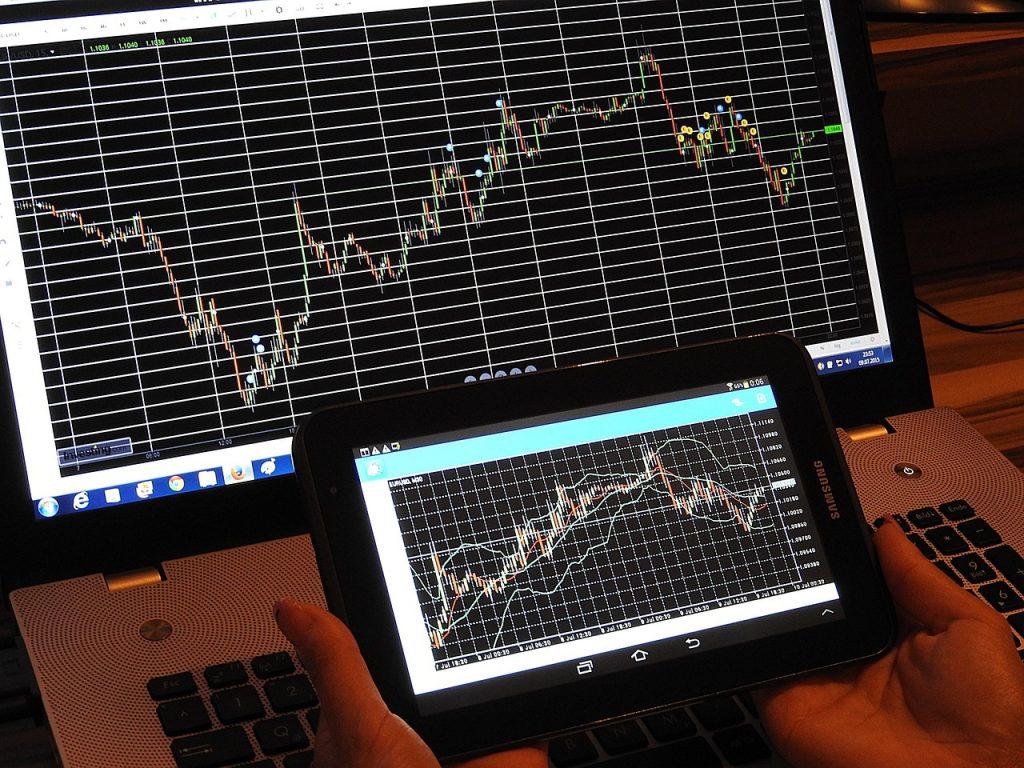
Capturing Market Opportunities Effectively
Active investors can benefit significantly by identifying high-potential opportunities in the stock market. Key sectors such as technology, AI, renewable energy, and biotech frequently offer periods of accelerated growth. Recognizing trends early and monitoring market catalysts such as earnings reports, product launches, or policy changes helps investors position themselves for maximum upside. 👉👉 External Insight: Investopedia Active Trading Strategies provides detailed guidance on effective active investment approaches.
Identifying Stocks with High Potential
Stocks that exhibit strong relative strength, increasing institutional interest, and positive technical signals are prime candidates for active investment. Companies driving innovation in AI, clean energy, and healthcare often outperform during trend cycles. Observing earnings surprises, analyst upgrades, and strategic partnerships can help investors spot stocks likely to accelerate in price. 👉👉 External Insight: MarketWatch Stock Movers highlights top-performing stocks with strong momentum potential.
Using Market Signals to Confirm Opportunities
Technical indicators, such as moving averages, RSI, and trading volume, help confirm trend strength and validate entry points. ETFs focused on high-growth sectors can also provide clues about institutional positioning. Monitoring investor sentiment, fund flows, and sector news ensures that investment decisions are informed and timely.
Proven Strategies for Active Investors
Gradually scaling into positions through phased entries or dollar-cost averaging reduces exposure during volatile periods. Short-term traders can take advantage of breakouts, pullbacks, or momentum-based trades while using trailing stops and predefined profit targets to manage risk. Diversifying across sectors or ETFs reduces the impact of single-stock volatility while maintaining participation in market upside.
Managing Risk While Maximizing Gains
Even the most promising opportunities carry risk. Active investors should maintain disciplined position sizing, set stop-loss orders, and incorporate defensive ETFs or bonds to mitigate downside. Staying alert to market shifts and using technical confirmation before entering trades helps prevent impulsive decisions and limits losses.
Integrating Active Strategies into a Broader Portfolio
Maximizing gains should be part of a structured investment plan. Combining active trading in high-potential stocks with core ETFs and defensive assets creates balance and stability. Periodic portfolio review, rebalancing, and monitoring market trends ensure that active strategies complement long-term investment objectives while controlling overall risk.
